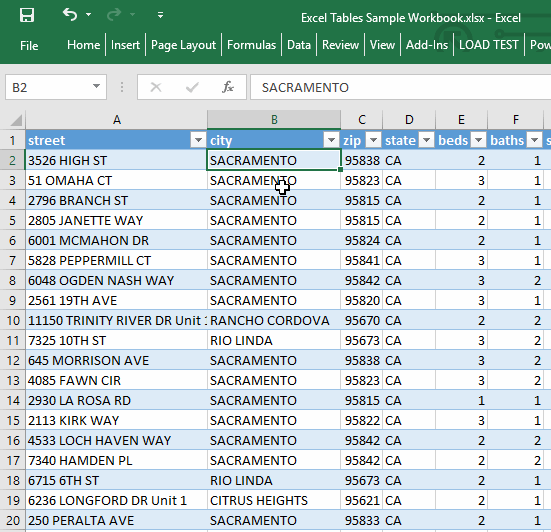5 Simple Ways to Add Filename to Excel Sheet

The task of adding filenames to an Excel sheet is often crucial for organizing and managing data, especially when dealing with multiple files or datasets. Here are five straightforward methods to accomplish this task, each with its own advantages and use cases:
Method 1: Using VBA (Visual Basic for Applications)

Excel's VBA scripting allows for automation of repetitive tasks, making it an ideal tool for adding filenames to your worksheets dynamically:
- Open the VBA Editor: Press Alt + F11 or navigate to Developer > Visual Basic.
- Insert a Module: Right-click on any VBA project item in the Project Explorer, choose Insert > Module.
- Enter the Code: Copy and paste this code into your module:
Sub AddFilenameToWorksheet()
Dim ws As Worksheet
Set ws = ThisWorkbook.ActiveSheet
ws.Range("A1").Value = ThisWorkbook.Name
End Sub
- Run the Macro: Return to Excel, press Alt + F8, select the macro, and click "Run".
🔍 Note: This method is excellent for when you need to add the filename dynamically or across multiple sheets.
Method 2: Manual Entry

The simplest way to add a filename to your Excel sheet is by:
- Typing it Manually: Simply type the filename into a cell. This method is quick for one-time use or small datasets.
Method 3: Using Excel Formulas

For users who prefer formulas over scripts, Excel provides a way to insert the workbook's path and name:
- Enter the following formula in any cell:
=MID(CELL("filename"),FIND("[",CELL("filename"))+1,FIND("]",CELL("filename"))-FIND("[",CELL("filename"))-1)
- This formula will extract the workbook's name from its full path.
Method 4: Power Query

If you're dealing with external data or have a set of files to process, Power Query in Excel can be exceptionally useful:
- Load Data: Go to Data > Get Data > From File > From Workbook.
- Add Custom Column: In the Power Query Editor, add a new Custom Column with a formula like
"CurrentWorkbook(){}", then split it by delimiter to isolate the filename.
🛠️ Note: Power Query is especially powerful for when you need to consolidate data from multiple Excel files and want to keep track of where each piece of data came from.
Method 5: Using Excel's Built-in Functions

If you're looking for simplicity without scripting or complex formulas, consider using Excel's built-in functions:
- Document Properties: Access these by right-clicking on the sheet tab, selecting Properties, and inserting the filename via "Formula" field under "Custom".
- CELL Function: As explained in Method 3, you can also use Excel's CELL function to retrieve the workbook name.
This recap outlines five straightforward approaches to add a filename to your Excel sheet, each catering to different scenarios:
- VBA Macro for automation.
- Manual Entry for quick tasks.
- Excel Formulas for dynamic insertion.
- Power Query for integrating external data with metadata.
- Built-in Functions for simplicity.
Choosing the right method depends on your workflow, the number of files involved, and your level of comfort with Excel's capabilities. Here are some final tips:
- Make sure to backup your workbook before trying VBA macros or Power Query to avoid any data loss.
- Consider using formulas if you need to update filenames dynamically or if you're not comfortable with VBA.
- For collaborative work, formulas or built-in functions might be more universally accessible than VBA or Power Query.
Remember, the key is to make data management efficient while maintaining accuracy and organization. Whether you're processing a single file or working with multiple datasets, these methods provide the flexibility to handle filenames in Excel with ease.
Why should I add a filename to my Excel sheets?

+
Adding a filename helps keep data organized, especially when dealing with numerous files or sharing datasets with others. It ensures traceability and can simplify file management tasks.
Can I automatically add the filename to every worksheet in my workbook?

+
Yes, using VBA, you can create a loop to iterate through all worksheets in your workbook and add the filename to each. This requires some VBA programming knowledge.
Is there a way to update the filename if I change the Excel workbook’s name?

+
Yes, by using Excel formulas or VBA, you can ensure that the filename in the worksheet updates dynamically when the file is renamed. However, this might require the workbook to be saved and reopened for the change to take effect.